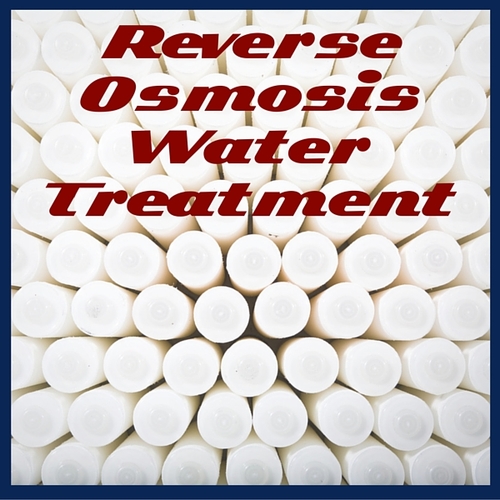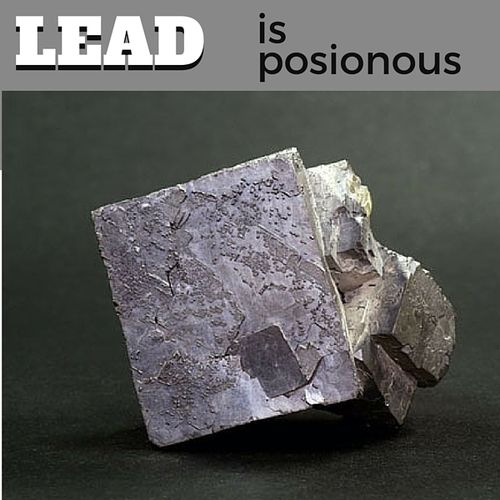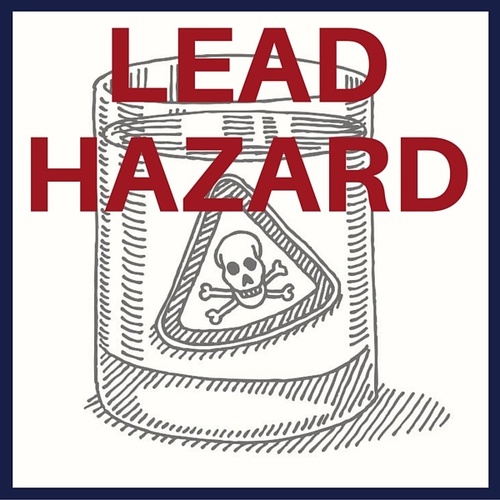04/09/2021
As the owner of a private water well, you are responsible for the quality and yield of your water supply. An annual well inspection and water testing are a necessary practice that can help you to identify potential issues before they become critical. It may be inconvenient to have a well tank or pump fail, but more importantly, the safety of your family depends on what is found in your drinking water. The National Ground Water Association (NGWA), as well as the EPA, recommends annual water testing for bacteria, nitrates and any contaminants that may be found in local water supplies. While annual water testing is necessary, there may be signs that indicate more frequently testing is required.










